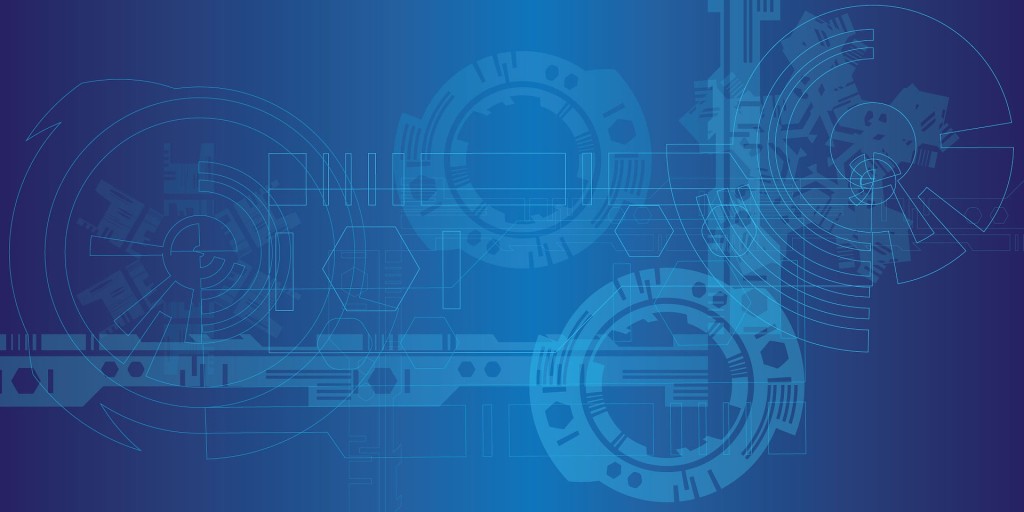[Editor’s Note: Over the next few weeks on Payables Place, we’re publishing some “best of” 2019 articles as we reflect on the year and prepare for the new year ahead.]
In his first Inaugural address as President of the United States in 1932, Franklin D. Roosevelt said “the only thing we have to fear is fear itself.” When he said this, he certainly wasn’t talking about Accounts Payable (“AP”), electronic payments, and business commerce networks. What FDR was saying that being afraid only makes things worse. The emergence of new and innovative technologies in recent years has the potential to radically alter the way business is done, and this includes AP. However, many in AP view these changes with fear and trepidation, afraid that these developments will somehow put their futures at risk. Rather than fear progress, those in AP (and elsewhere in the enterprise) need to embrace it.
As enterprises intensify their focus on optimizing internal processes, modern AP teams are now better positioned to advance beyond their transactional past and showcase their strategic value. Emerging technologies like Robotic Process Automation (“RPA”), Machine Learning, and Artificial Intelligence (“AI”) are helping to make a strategic future for AP departments possible. However, I’ve found that too often these technologies are used interchangeably in conversations when in fact they perform very different functions. So, I thought it would be helpful, if over the next couple of weeks, I took a look into each of these technologies and discussed what they are and how they are most likely to make an impact on AP operations, staff, efficiencies, and results. This week I want to start with Robotic Process Automation.
Robotic Process Automation
Robotic Process Automation is a somewhat fancy term for good old-fashioned automation that is applied to specific tasks or process subsets that are repeatable and scalable and don’t require a ton of input from humans. RPA is essentially automation limited to a specific process. It is used to help offload tactical and repeatable work (aka – manual labor) to machines so that AP staff can focus on more strategic, value-adding work, like performing spend analysis, managing working capital, optimizing cash flow, and communicating and collaborating with suppliers. Robotic Process Automation breaks off specific sub-processes from a particular task, like data collection and collation, and automates them, and in so doing, frees end users from the having to perform what often seem like a never ending mountain of tactical and repeatable work that must be completed every day, week, month, and year.
Robotics and robotic process automation (RPA) do not represent a death knell for AP staff, but should be viewed more as a talent augmentation. RPA has the potential to remove manual and tactical measures up-front and extract and classify key data within invoices. This information can be completely digitized into intelligence for enterprise stakeholders to utilize in real-time. Invoice-processing, supplier inquiry management, payments, and analytics are all areas that RPA can enhance and help put AP on a better path to the future. Best-in-Class businesses are 2.6-times more likely to harness the power of RPA as part of their AP strategy and programs. RPA minimizes human intervention and helps to eradicate time spent by employees on things such as exceptions.
As new technologies take hold in the market, the groups best equipped to take advantage of them will be the ones that already have core AP automation solutions in place. Robotic Process Automation, Machine Learning, and Artificial Intelligence, have the potential to “change the game” and propel AP departments to the next level of performance. These and other technologies and developments should not be feared, but rather, embraced. The Greek philosopher Heraclitus said “Change is the only constant in life.” Nothing stays the same forever and we all, whether in our business or personal lives, need to be ready for things to change and have a plan or approach to deal with change.



